When To Go To Vietnam
We can say that Vietnam is visited all year round. It all depends on the reason for your trip but you can find at any time a destination with a pleasant climate. General information about best time to visit Vietnam by region.
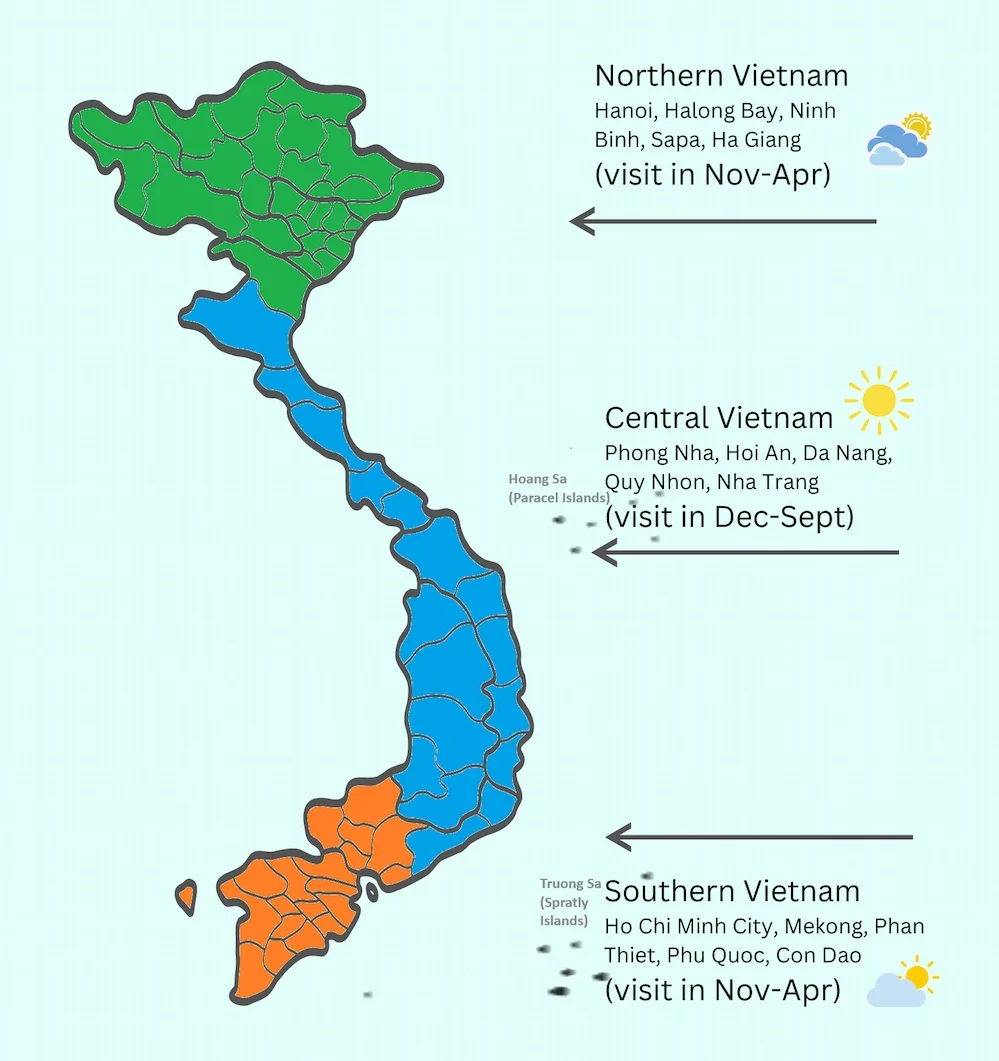
In The North
From April to May and from September to November are the best moments to be able to fully enjoy the rice terraces that are one of the emblems of the beauty of the Vietnamese landscapes.
The rice fields are also beautiful in June and July but the hostile climate (high heat and humidity) can hinder activities like trekking.
From December to March, the rice fields are fallow, in water from February. The weather can be very cold, foggy and misty. It can get very boring when the visibility is zero and you have this feeling of missing something.
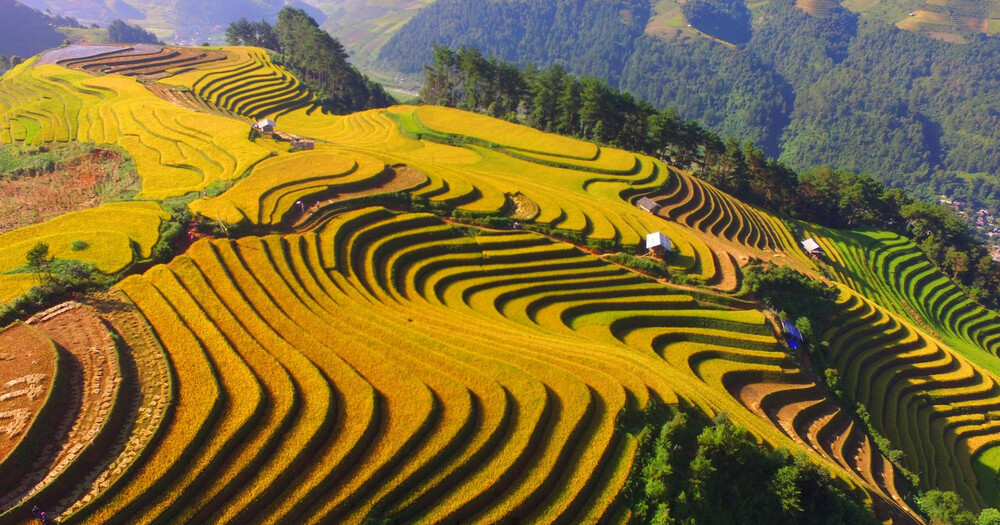 Nature’s masterpiece in Northern Vietnam – Mu Cang Chai terraces at their finest
Nature’s masterpiece in Northern Vietnam – Mu Cang Chai terraces at their finest
Center Of Vietnam
It is rather pleasant all year round. Temperatures can rise high in summer but the sea breeze or the mountain air of the highlands allow you to breathe. The rest of the year, the climate is rather pleasant. It can be a bit too cool in winter to swim but sunny day you can still enjoy a beachside meal in just a T-shirt.
However, it is important to note that from September to November, the coastal regions may experience typhoon season, with an average of 5 to 6 storms of varying strength. While most pass without major issues, heavy rains can occasionally cause flooding—so it’s wise to check forecasts before traveling.
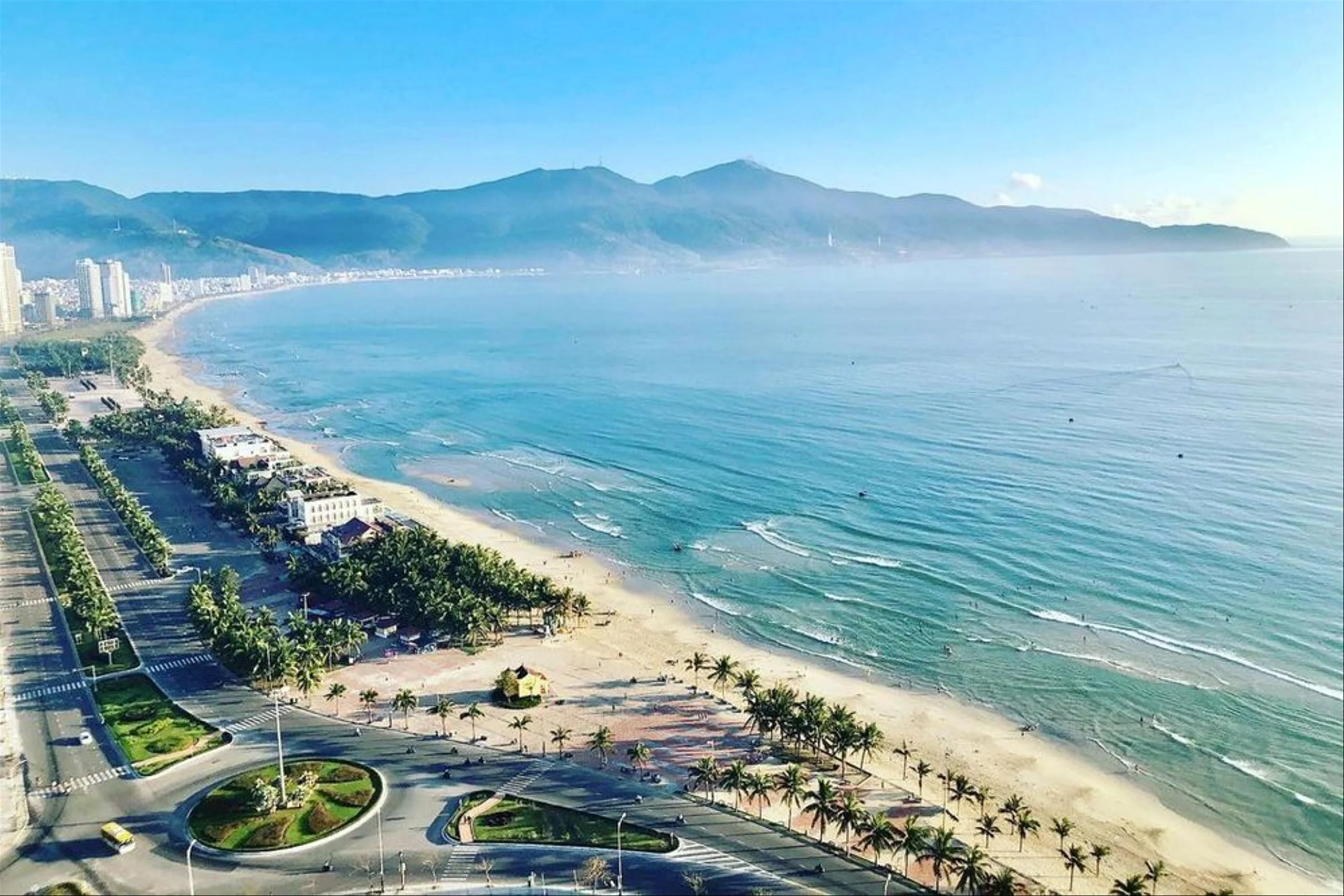
In The South
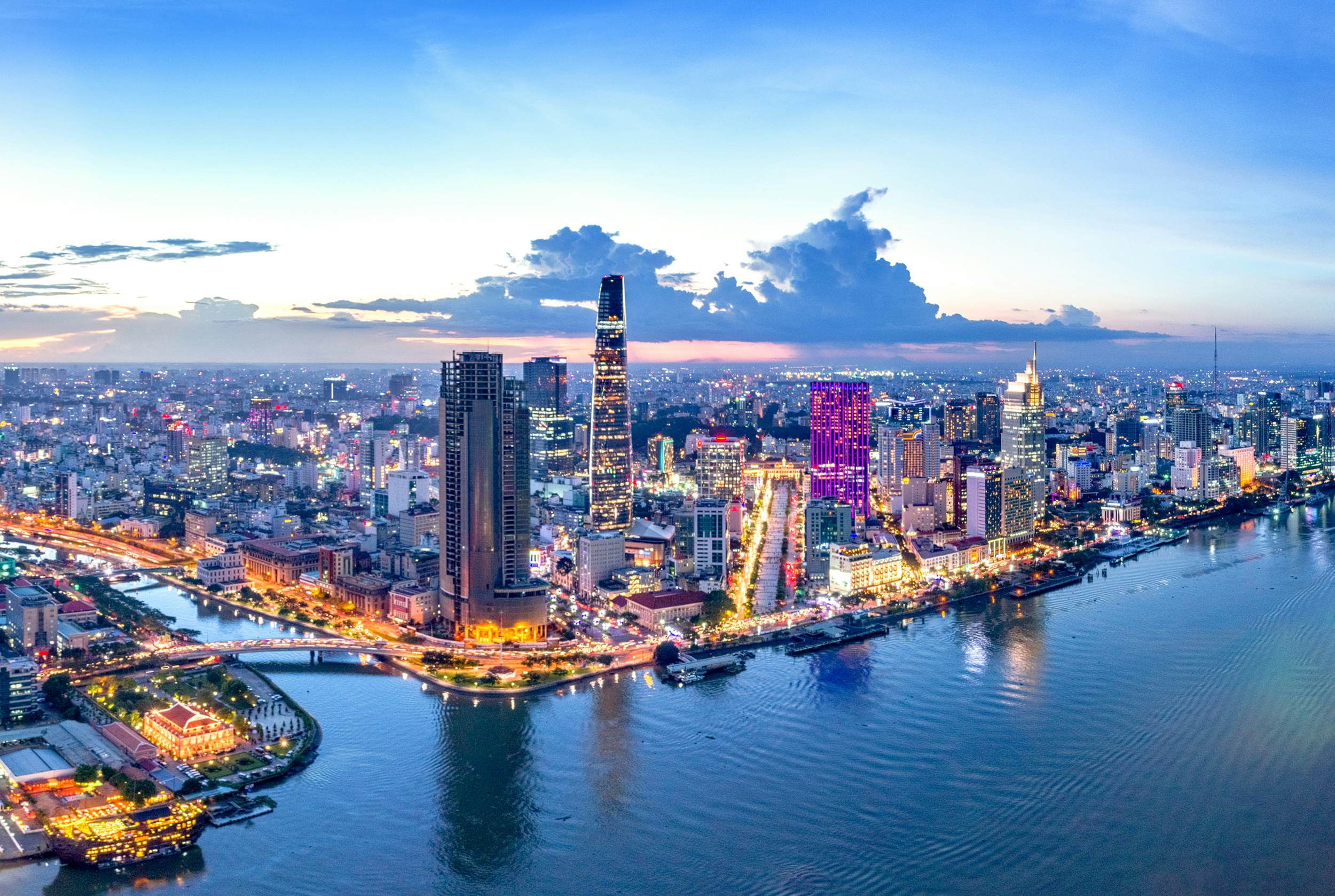
The Formalities Of Entry Into Vietnam
For any type of visa, your passport must be valid for at least 6 months beyond your planned entry date.
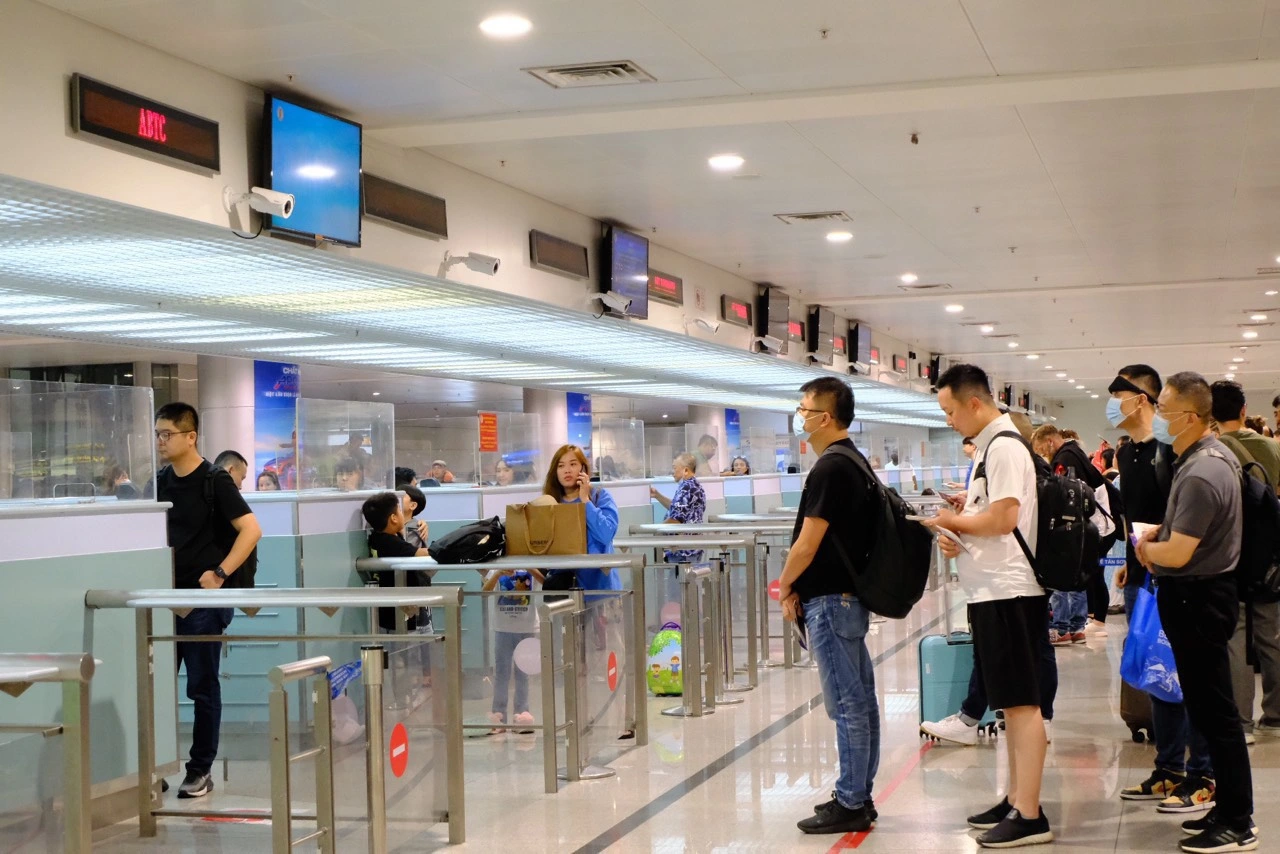
15-day visa exemption
Applicable for passport holders from: Russia, France, United Kingdom, Germany, Spain, Italy, Denmark, Sweden, Norway, Finland, Belarus, South Korea, Japan, Brunei, Myanmar
21-day visa exemption
30-day visa exemption
Applicable for passport holders from: Thailand, Malaysia, Cambodia, Singapore, Laos, Indonesia
E-Visa 30 Days
The 80 countries included in the list below can apply for an E-Visa online
(https://evisa.xuatnhapcanh.gov.vn/en_US/web/guest/khai-thi-thuc-dien-tu/cap-thi-thuc-dien-tu )
List of main countries:
- France, Belgium, Canada, Switzerland, Monaco, Italy, England, USA, Argentina, Australia, Austria, Belarus, Brazil, Bulgaria, Colombia, Croatia, Denmark, Finland, Germany, Greece, Hungary, Iceland, Ireland, Luxembourg, Holland, Norway, Poland, Portugal, Romania, Russia, Serbia, Slovakia, Slovenia, Spain, Sweden
It is important to note that it is not possible to extend an on-site exemption or e-visa. It is also necessary to wait 1 month before being able to reapply for exemption or E-visa.
General information about different categories of transportation in Vietnam.
By Road
- In major cities like Hanoi and Ho Chi Minh City, the easiest way to get around is by Grab (car or scooter). It’s safer and more transparent than taxis, with prices shown in advance. Just make sure the vehicle’s license plate matches the one on the app.
- In rural areas, unless you’re traveling with a private driver, buses are the most efficient way to move between towns.
- Tourist buses connect major destinations, while local buses offer authentic (though sometimes chaotic) experiences. For more comfort and flexibility, booking a private car is always an option.
Note: Infrastructure varies. Even on new expressways, average speeds are around 60 km/h. In mountainous regions, expect around 30 km/h—a 150 km trip may take up to 5 hours.
For bus reservations, ask your hotel, travel agent, or book online. Or simply contact PHM Travel – we’re happy to assist!
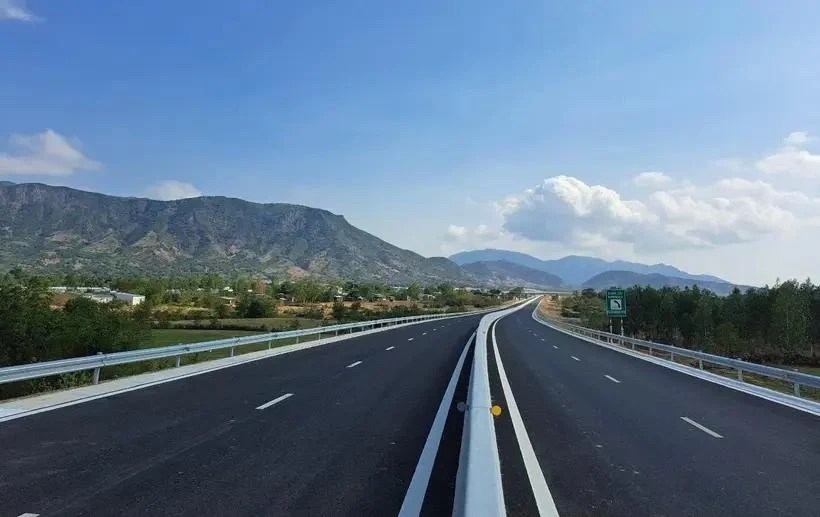
By Rail
Trains are a scenic and practical way to explore Vietnam. You can choose from simple seats to luxury private cabins, depending on the route. Overnight sleeper trains are a great way to save time and enjoy a memorable journey.
Major stations include:
Hanoi, Lao Cai (Sapa), Hai Phong, Ninh Binh, Dong Hoi (Phong Nha), Hue, Danang, Quy Nhon, Nha Trang, Phan Thiet, Ho Chi Minh City
Need help booking train tickets? PHM Travel can arrange it all for you!

By Air
Vietnam has a wide network of domestic airports—perfect for saving time on long distances at a reasonable cost.
-
Vietnam Airlines – Reliable and high service quality
-
Bamboo Airways – Good value, competitive pricing
-
Vietjet Air – Cheapest fares, but often delayed and limited support
Main airports include:
Hanoi, Hai Phong, Hue, Danang, Quy Nhon, Tuy Hoa, Nha Trang, Pleiku, Buon Ma Thuot, Dalat, Ho Chi Minh City, Can Tho, Con Dao, Phu Quoc
Need to book a flight? PHM Travel is here to help!
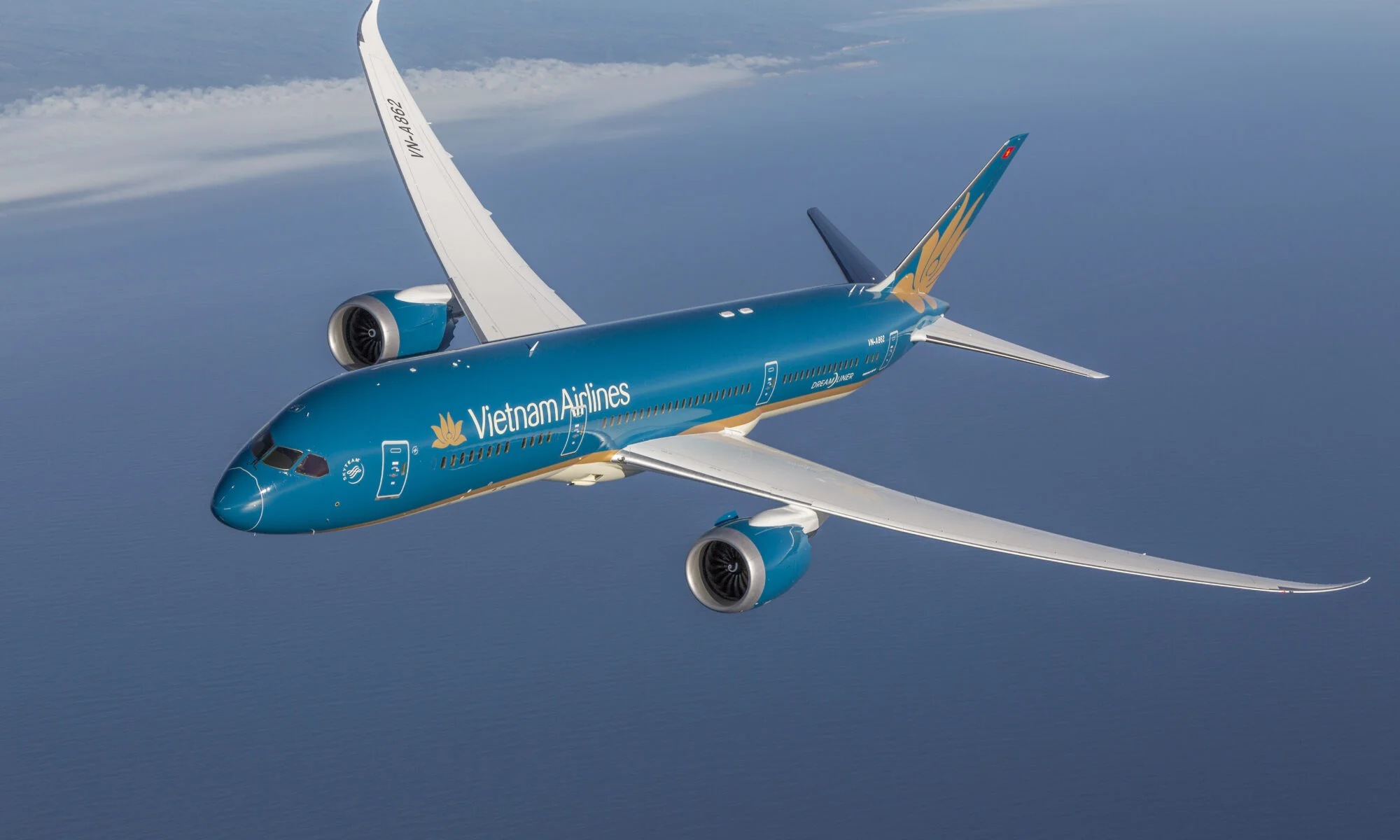
What To Pack For Your Trip To Vietnam
Essential Tools & Items to Prepare
Before you embark on your adventure to Vietnam, here are some practical items you shouldn’t forget. These essentials will help you stay comfortable, safe, and ready for every kind of travel moment—whether it’s temple hopping, trekking in the mountains, or relaxing by the beach.
Must-Have Essentials
-
Photocopies of your passport’s main page (keep separate from your original)
-
A comfortable, sturdy backpack
-
Waterproof pouch (for documents, phone, electronics)
-
Basic medication kit: plasters, disinfectant, aspirin, anti-diarrhea pills
-
Sunscreen – Available locally, but often expensive and low quality
-
Long shorts or trousers (required when visiting temples and pagodas)
Good to Know
- Light rain jacket, flip-flops, hats, power banks, and other everyday travel items can be easily and affordably found in Hanoi’s Old Quarter or Ben Thanh Market in Ho Chi Minh City.
- If visiting North Vietnam in winter, don’t forget to bring some warm layers—temperatures can drop significantly in the mountains.
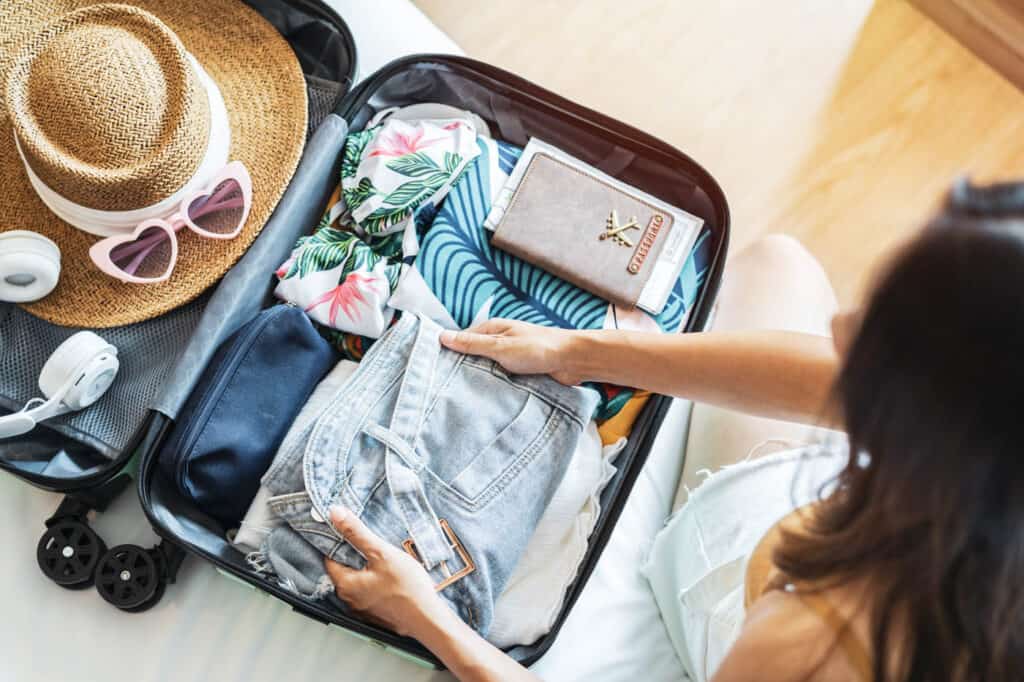
Currency & Payment Tips for Vietnam (Updated 2025)
Preferred Payment Methods
In Vietnam, cash is still the most accepted payment method, especially in local markets, roadside stalls, and rural areas. Credit cards are used mainly at large hotels, upscale restaurants, and modern stores, though many small shops still don’t support them.
However, bank transfers via mobile apps (e.g. Vietcombank, MB Bank) are becoming increasingly common. Many cafés and boutiques now display QR codes or account numbers for quick transfers—convenient if you have a Vietnamese bank account.
That said, if you’re a tourist without a Vietnamese bank account, carrying cash is still the most reliable option for day-to-day spending—especially when venturing outside of urban centers.
Currency Details
-
Local Currency: Vietnamese Dong (VND)
-
Exchange Rates (as of May 18, 2025):
-
1 USD ≈ 25,921 VND
-
1 EUR ≈ 28,939 VND
-
Vietnamese banknotes come in denominations of 1,000; 2,000; 5,000; 10,000; 20,000; 50,000; 100,000; 200,000; and 500,000 VND. Notes from 10,000 VND and above are made of polymer, making them durable and water-resistant.
Note: Both the 20,000 VND and 500,000 VND notes are blue, which can lead to confusion. Always double-check the denomination before making payments.
Damaged or torn banknotes may not be accepted. You can exchange such notes at local banks. Coins are no longer in circulation and are considered collectibles.
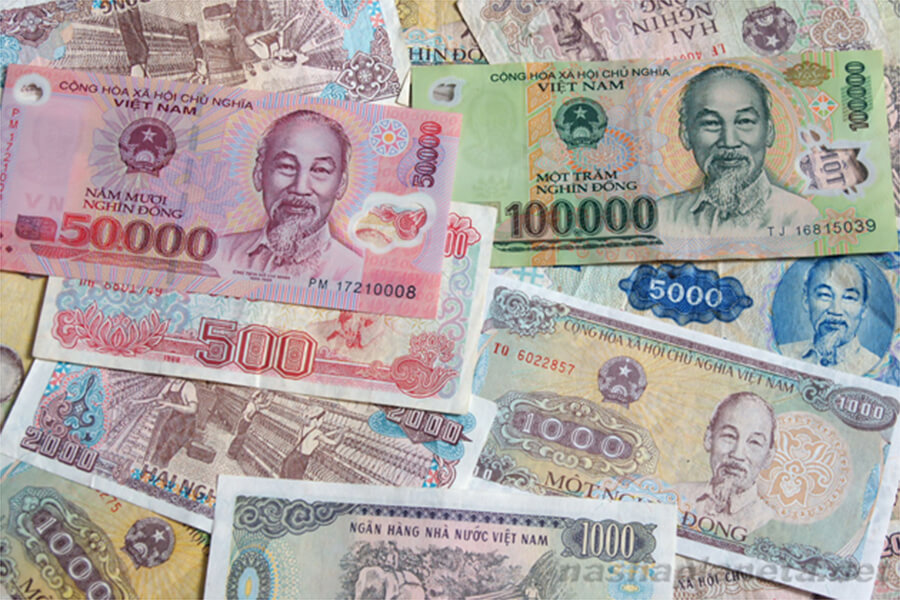
Currency Exchange
-
Banks: Offer reliable exchange services. Bring your passport for identification.
-
Jewelry Stores & Travel Agencies: Often provide competitive rates. It’s advisable to compare rates at multiple locations.
ATMs & Card Usage
-
ATMs: Widely available in cities and towns, allowing withdrawals in VND using international cards. In rural areas, ATMs may be scarce, so plan accordingly.
-
Credit/Debit Cards: Accepted in major hotels, upscale restaurants, and some retail outlets. However, many local businesses prefer cash.
Paying in Foreign Currency
Some establishments may accept USD or EUR, but the exchange rates offered are typically unfavorable. It’s best to pay in VND to ensure fair pricing.
Taxes & Service Charges
In restaurants, taxes and service charges may not be included in the menu prices. Always check the bill carefully.
Tipping Etiquette
Tipping is not mandatory but is appreciated for good service. A tip of 10–15% is customary in restaurants and for services like guided tours. In some cases, staff may initially decline a tip out of politeness; a gentle insistence is usually welcomed.
Vietnam Time Zone & Jet Lag Tips for Travelers
Vietnam operates on Indochina Time (ICT), UTC+7, and does not observe daylight saving time. Depending on where you’re coming from, the time difference can be minimal—or quite significant.
Here’s how Vietnam compares to other major travel hubs:
| Country / City | Time Difference vs Vietnam | Notes |
|---|---|---|
| France / Germany / Italy | −5 to −6 hours | Vietnam is ahead |
| United Kingdom | −6 to −7 hours | Vietnam is ahead |
| United States (New York) | −11 to −12 hours | Big jet lag – Vietnam is far ahead |
| United States (Los Angeles) | −14 to −15 hours | Longest difference – plan ahead |
| Australia (Sydney) | +3 to +4 hours | Vietnam is behind |
| Japan (Tokyo) | +2 hours | Vietnam is behind |
Jet lag tips: If you’re arriving from Europe or the Americas, try shifting your sleep schedule a few days before departure. Stay hydrated during your flight and plan light activities for your arrival day to help adjust naturally to the local time
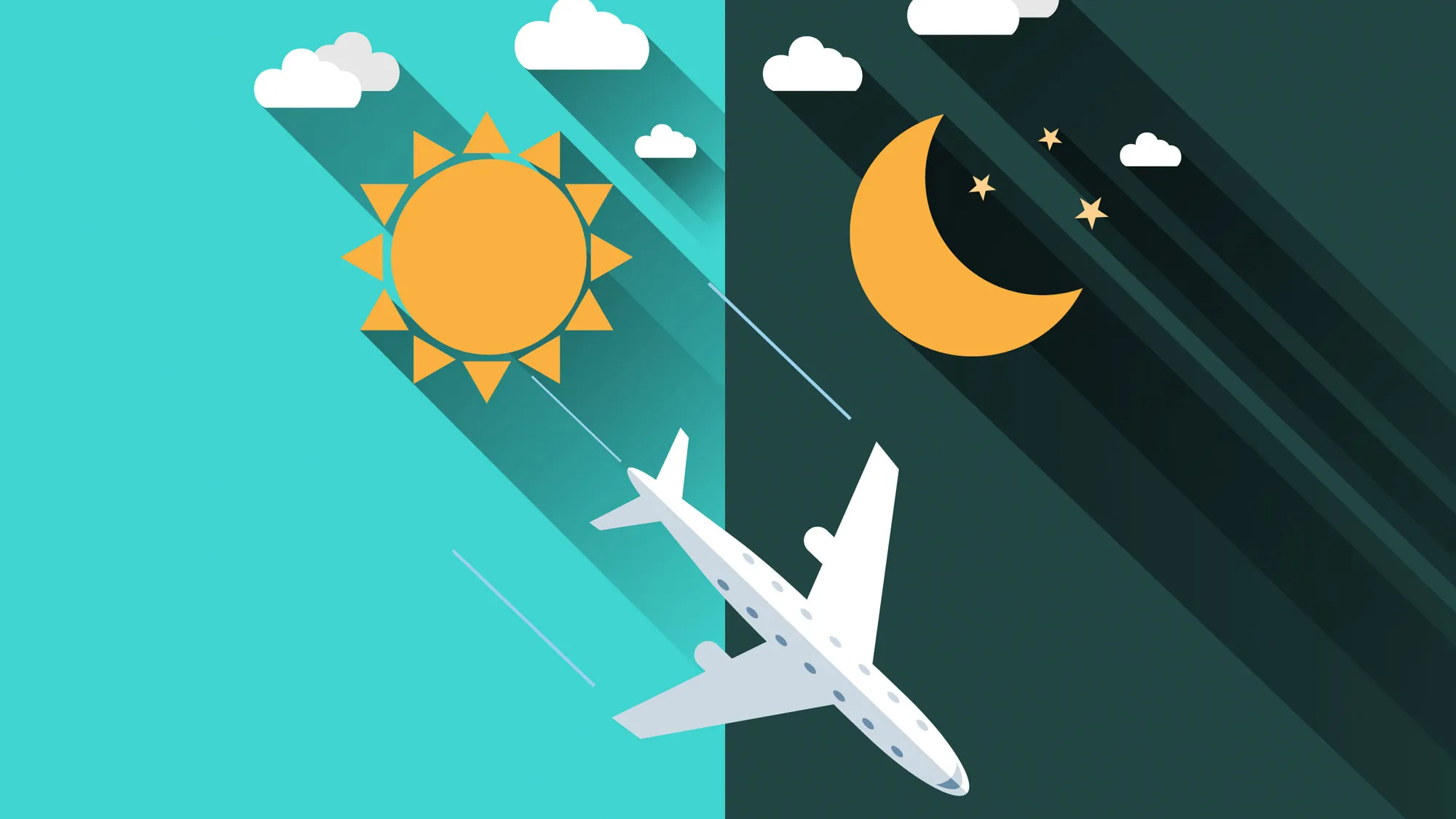
Security In Vietnam – General Information by PHM Travel
Vietnam is generally a very safe destination for travelers. Violent crime is rare, and most visits are trouble-free. However, like any tourist destination, a few risks and scams can occur—mostly in larger cities like Ho Chi Minh City (Saigon), Hanoi, and Hoi An. The countryside remains peaceful and low-risk.
Common Situations to Watch Out For
1. Taxi & Ride-hailing Apps
- Always ensure the taxi meter is on, or agree on a fare beforehand. For safer travel, we recommend using Grab (car or motorbike). Only book through the app and confirm that the license plate matches the booking. If it doesn’t, refuse the ride.
2. Bag-Snatching
- Petty theft such as bag-snatching from scooters has increased in Saigon and some tourist-heavy areas. When walking or sitting at a café, keep your phone, bag, and valuables close and out of easy reach from the street.
3. Crossing the Street
Traffic in cities can be chaotic. Even one-way streets may have vehicles going the wrong direction. When crossing, walk steadily and never step back—motorbikes will flow around you. Be especially cautious of cars and buses, which rarely yield—even at crosswalks.
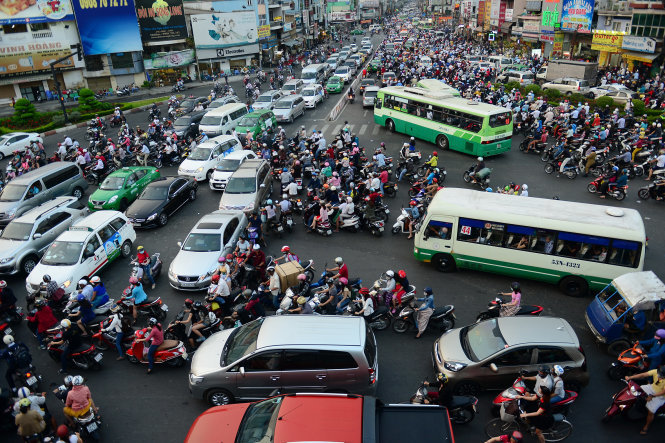
4. Traffic Lights
- Don’t fully trust traffic lights. Even if your pedestrian signal is green, look both ways and stay alert before stepping off the curb.
5. Hotel Safety
- Theft has been reported in some accommodations, sometimes involving staff. Avoid leaving valuables in your room, and instead, store them in the hotel safe at reception with a receipt if possible.
What to Do and Not to Do in Vietnam
When traveling in Vietnam, understanding local customs and behaviors can make your experience smoother and more rewarding. Vietnamese culture is friendly, but it may differ from what you’re used to. Here’s what to keep in mind:
Politeness
- In Vietnam, politeness is shown more through actions than words. Don’t be surprised if locals don’t say “hello” or “thank you” as often—it’s not rudeness. If you greet them first, they will likely respond with a smile or nod.
Waiting in Line
- Queuing can be flexible. People may unintentionally step in front of you. It’s not personal—just gently make your presence known, and they will usually smile and move behind you.
The “Yes” Culture
- Vietnamese people may say “yes” even when they don’t fully understand—often out of politeness or pride. To avoid confusion, especially in rural areas, use Google Translate or simple visuals when asking for help or directions.
Toasting & Drinking Culture
- Drinking rice wine (rượu) is a strong part of Vietnamese hospitality, especially in the countryside. In Vietnam, you don’t drink alone—you toast together, often “bottoms up” in small glasses. It’s appreciated if you initiate a toast. Culturally, younger people hold their glass slightly lower when toasting with elders as a sign of respect. After drinking, it’s polite to shake hands with your companions.
The Notion of Time
- Time is flexible in Vietnam. Punctuality is not strict, and being late rarely requires an apology. This applies especially to local transportation—bus departures and arrivals may not follow a precise schedule. Just be patient—your ride will come!

Travel Smart, Travel Deep in Vietnam
Vietnam is a land of contrasts and charm—where ancient traditions meet modern life, where chaotic streets open into serene rice terraces, and where a simple bowl of noodles can tell a thousand stories. Traveling here means more than just moving between destinations; it means understanding how people live, communicate, and welcome you into their world.
From navigating local customs and transportation, to handling currency, staying safe, or simply crossing the street—being informed allows you to explore Vietnam with ease, respect, and confidence.
We – PHM Travel wish you an unforgettable journey filled with warmth, wonder, and meaningful memories!


 English
English